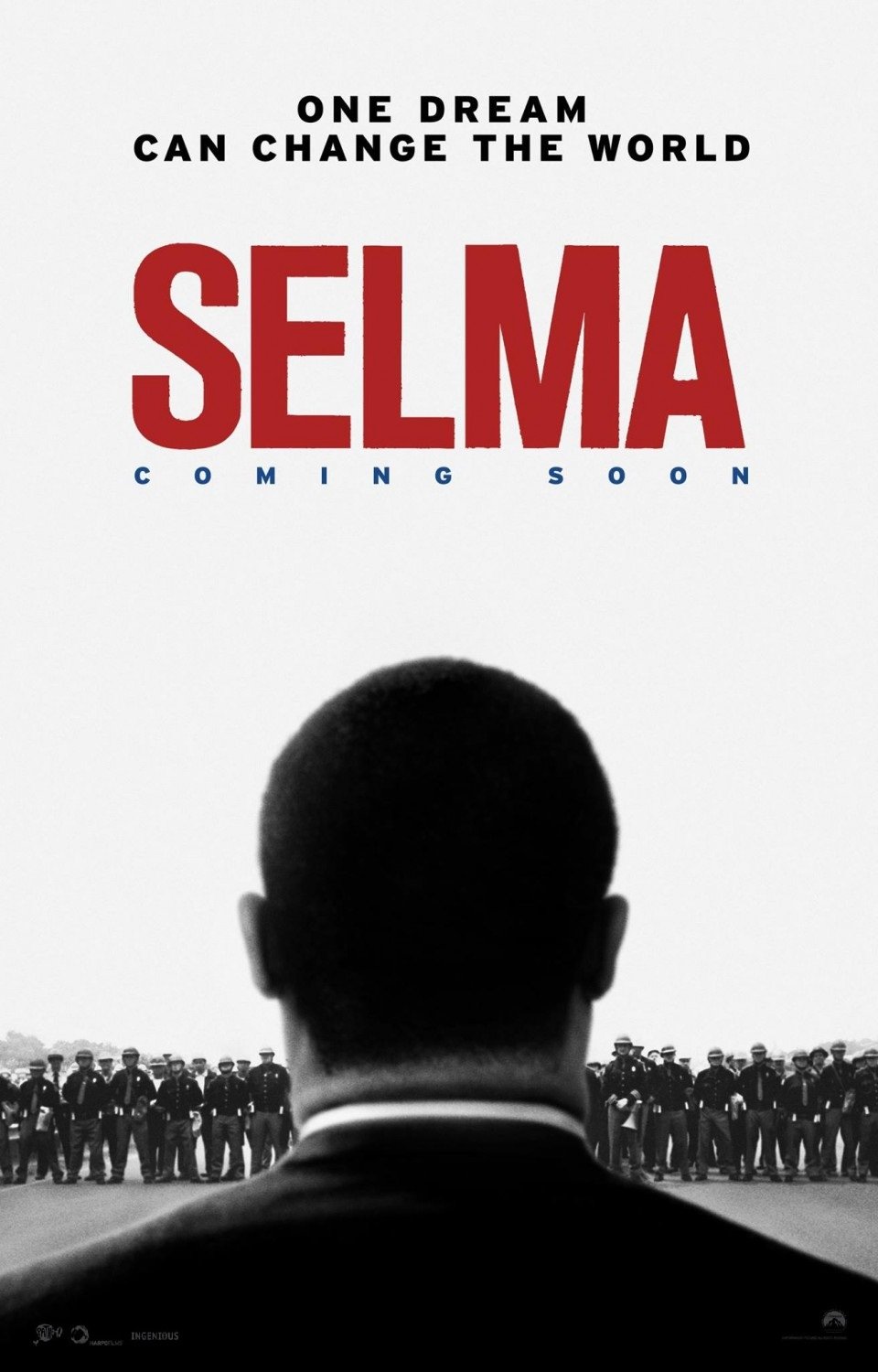
Selma
Here’s the thing about Selma: it’s a movie that takes one of the most pivotal moments in American history and refuses to wrap it in the usual Hollywood gloss. No, this isn’t a feel-good, triumphal march where the music swells and justice is delivered with a bow on top. This is history as it was—messy, brutal, defiant, and driven by people who were not mythic figures but human beings who got tired of waiting for America to live up to its own promises.
Ava DuVernay, the mastermind behind this historical gut-punch, directs with such precision that you almost feel like you’re sitting in the rooms where Martin Luther King Jr. (played by David Oyelowo, who, let’s be honest, deserved every award that year and then some) and his fellow activists are making impossible decisions. The film doesn’t deify King; instead, it shows him as a leader who carried the weight of a movement on his shoulders while still being a husband, a father, and a man who, for all his strength, had moments of doubt. This isn’t the King of sanitized history books, but a flesh-and-blood person with an impossible mission. And somehow, Oyelowo nails every note of it, capturing the gravity, the exhaustion, and that unmistakable power in his voice.
The supporting cast is equally incredible. Carmen Ejogo as Coretta Scott King doesn’t just stand by his side—she holds her own, radiating both grace and quiet strength. Tom Wilkinson as LBJ? Oh, he plays the complicated, not-quite-the-ally-he-should’ve-been president with the right balance of charm and political calculation. And Tim Roth as George Wallace? Slimy as ever, which means he did the job right. But it’s not just about individual performances; it’s about how every person on screen embodies the weight of the moment.
Let’s talk about the march itself—the one from Selma to Montgomery. This movie does not pull its punches when it comes to showing the violent resistance these protesters faced. The Edmund Pettus Bridge sequence is one of the most harrowing moments put to screen—tear gas, batons, bodies trampled—and DuVernay films it in a way that makes you feel the impact of every blow. It’s not over-dramatized; it’s just raw and real. And it’s a stark reminder that these fights for civil rights weren’t won with speeches alone but with blood, resilience, and an unwavering belief in justice.
And can we take a moment to talk about the cinematography? Bradford Young, the cinematographer, gives this film a look that feels intimate yet grand, capturing both the quiet moments of personal struggle and the large-scale protests with equal beauty. The lighting, the framing—everything feels deliberate and urgent, like a call to action rather than a history lesson.
By the time you get to the end, when King delivers his “How Long? Not Long” speech, if you don’t feel something stirring deep in your soul, check your pulse. Because this is not just a movie; it’s a necessary reminder of what happens when people refuse to sit down and shut up in the face of injustice. It doesn’t matter if you know the history—this film makes you feel it. And that, more than anything, is what makes Selma great.